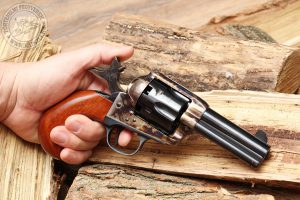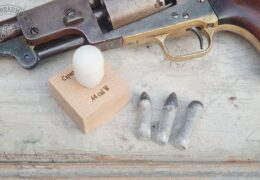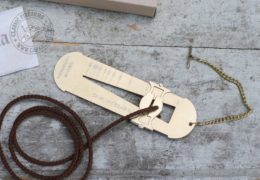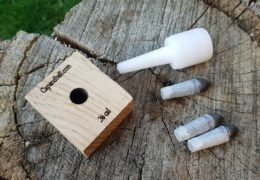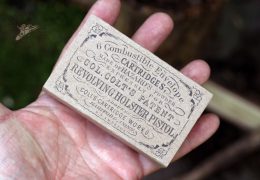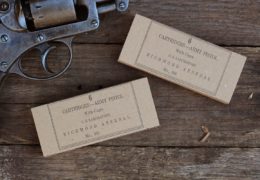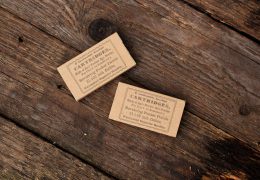How to handle your muzzleloader revolver – part 1
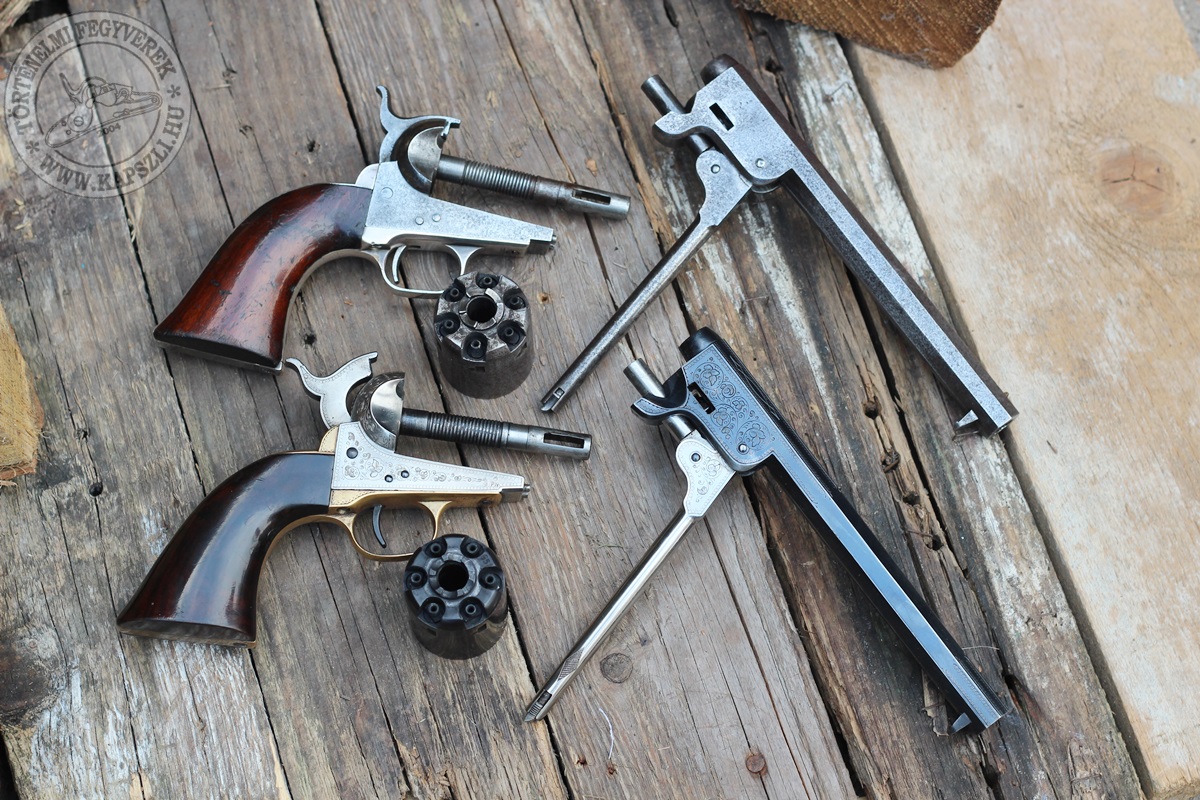
The muzzleloading revolver is a notable item in every historical shooter’s weaponry. It is not a coincidence, most of us stope on the path of historical shooting with a revolver in the hand… even though it is not really recommended for newbies. In the following article, I would like to present you my experiences about how to find the best target load, what to examine when buying a used one and how to keep it in good shape.
Step zero – how to check wether if it is unloaded or not
This always comes first. In the case of a muzzleloader, you should handle the weapon with the barrel pointing to a safe direction. Then pull the hammer into half-cock position, without touching the trigger. Rotate the cylinder and chech if there are percussion caps on the nipples. If there is none, raise the barrel slightly and check the chamers from a side angle (with a barrel still pointing to a safe direction). Rotate the cylinder and check all chambers.
Loading
The procedure of loading starts with the hammer in half-cock position. If the weapon was not fired that day, place a cap on all nipples, and fire them while the barrel pointing to a safe direction. Thus the oil and lubricants will be removed from the vent holes, the chambers and the barrel as well.
Then pull the hammer to half-cock againt, so the cylinder in not locked and can be rotated with your hand. Pour the pre-measured charges to the chambers. Keep counting: load only one load to each chambeer!
Revolvers will not be the most accurate when you fill the chambers fully. The .44 calibers usually working well with 12-21 grains of quality powder, while the .36 calibers favour the lighter 12-18 grain loads. If the projectiles were seated on the powder, they would be far inside the chamber. n this case, the bullet would suffer deformation while leaving the chamer and strikeing through the forceing cone. The load will be much more accurate, if the bullets are just pushed slightly below the cylinder’s front, because then the free floating will be reduced and the projectile hits the forceing cone without deformation.
But you should keep in mind that there can not be any gap between the powder load and the bullet (this applies to all muzzleloaders), so you will need something to fill that gap. Some use paches and some use wheat. Use the needed ammount to raise the bullet to slightly below the top of the chamber, to let the cylinder rotate freely. If the bullet is out of the cylinder and it can’t rotate, you should remove the cylinder and cut the bullet with a knife.
The next step is greasing the chambers. The process is very straigtforward, just use the right grease: do not use those which were made for machinery, also avoid silicone- and PTFE-based lubricants. In Hungary, we use beeswax-based greases, which are made by fellow shooters. I also recommend the Pedersoli products, I can’t go wrong with it. A good lubricant also keeps low the amount of leading.
I hope it is needless to say, but it is very important! During the loading process, the basic safety rule is the safe handleing of the weapon. The muzzle must point upwards or toward the range, a safe direction. Do not turn with your gun, and do not place your finger even near the trigger.
At least, you can place the caps on the nipples of your revolver. During the process, the muzzle is pointed strictly to down the range, ready to fire. In Hungary, mostly S&B percussion caps are available, which tend to be a little to large for the revolver nipples. Because of this, most of them falls off after the first shoot. To avoid this issue, gently press the sides of the cap to form it to an oval shape.
Can you load the cylinder separately?
In one yes, but on the other hand: no. There are some guns which can’t be loaded without disengaging the cylinder, such as the muzzleloader variants of the 1873 Pacemaker revolvers. No such thing ever existed, but due to regulations, these are very populas in our country. Their action, used materials and accuracy is the same as the cartridge-fireing variants, but the cylinder can only be loaded with the use of a separate press, as there is no loading handle on these revolvers. But you are allowed only to place the caps on the nipples when the clyinder is placed back in the gun. (Just imagine what would happen, if one would drop the capped-loaded cylinder… OMG).
These presses are also good for loading other muzzleloader’s cylinder. But since MLAIC rules don not allow to disengage the cylinder during shooting, it really isn’t that useful.
You can find Part 2 here.


